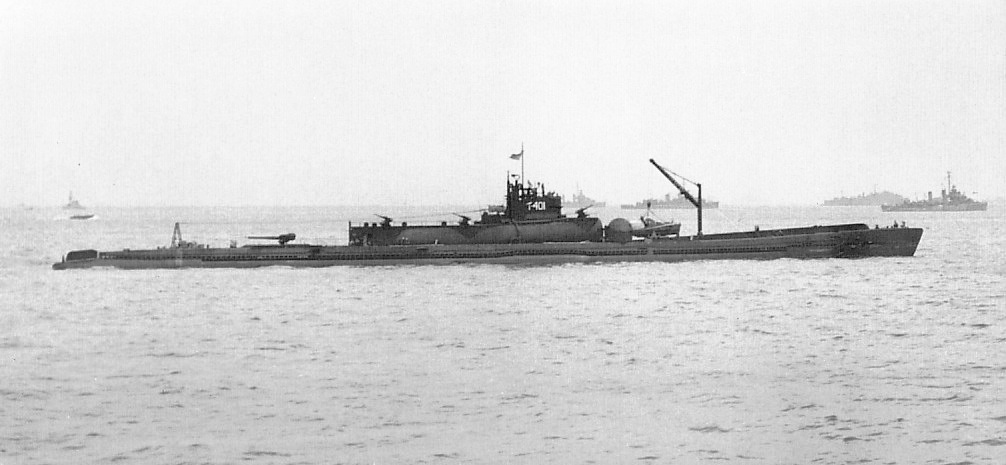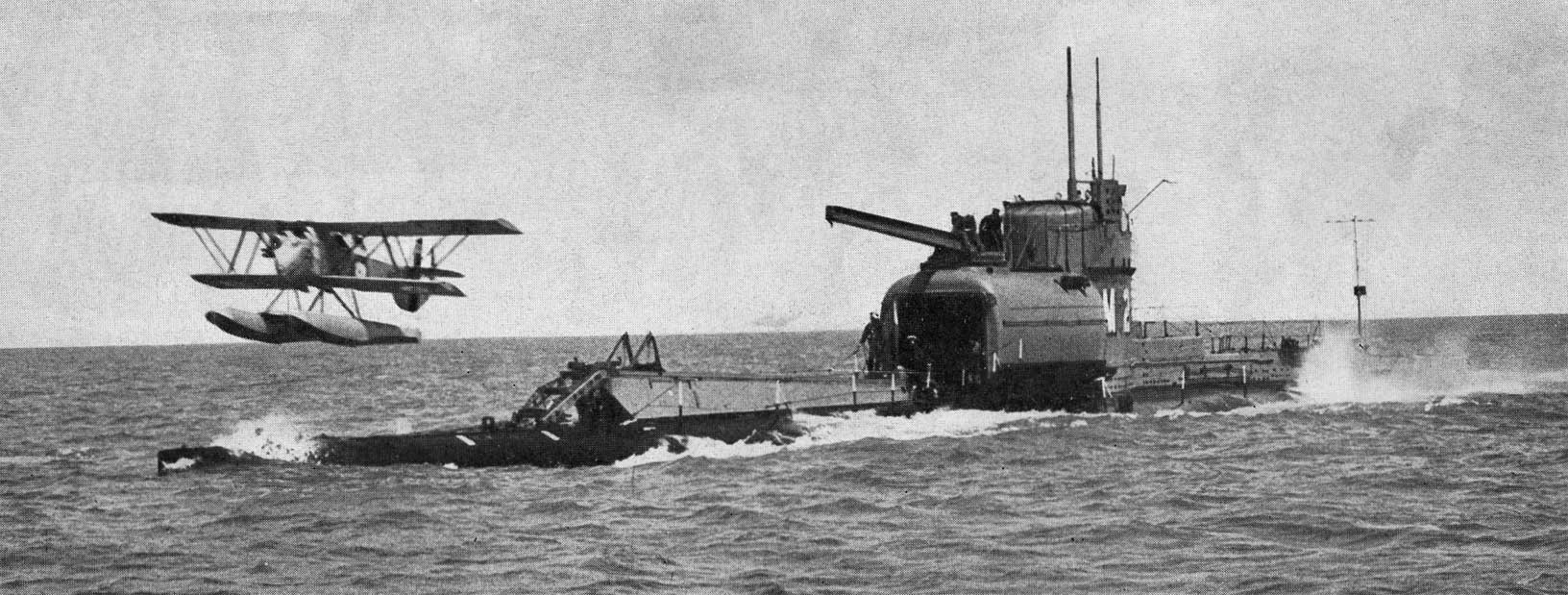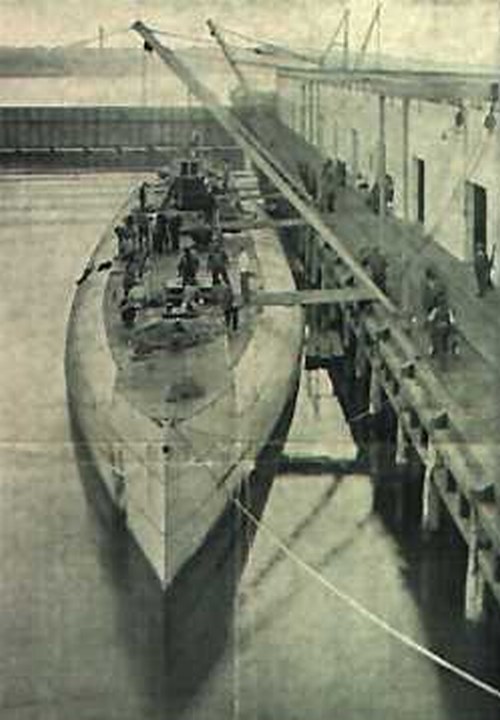|
Amphibious Assault Submarine
An amphibious assault submarine is a theoretical submarine equivalent of an amphibious assault ship. While such ships have been proposed in the past by both the United States and the Soviet Union, none has ever been built (though at least one of the larger Soviet designs did start construction). Converted or standard submarines have often been used to transport small groups of soldiers or supplies, however. In the Soviet Union The Soviet Union had some experiences using submarines to shuttle weapons, supplies and special forces into besieged areas or behind enemy lines in World War II, specifically during the Siege of Sevastopol (1941–1942), siege of Sevastopol.The First Soviet Giants' - Polmar, Norman, book excerpts adapted for ''Undersea Warfare'', Fall 2001, Issue 4, Vol 1 Project 621 After the war, in 1948, Project 621 was proposed as a Landing Ship, Tank, landing ship-transport submarine to set down troops behind enemy lines. With some 5,950 tons, the underwater giant would ... [...More Info...] [...Related Items...] OR: [Wikipedia] [Google] [Baidu] |
Submarine
A submarine (or sub) is a watercraft capable of independent operation underwater. It differs from a submersible, which has more limited underwater capability. The term is also sometimes used historically or colloquially to refer to remotely operated vehicles and Autonomous underwater vehicle, robots, as well as medium-sized or smaller vessels, such as the midget submarine and the wet sub. Submarines are referred to as ''boats'' rather than ''ships'' irrespective of their size. Although experimental submarines had been built earlier, submarine design took off during the 19th century, and they were adopted by several navies. They were first widely used during World War I (1914–1918), and are now used in many navy, navies, large and small. Military uses include attacking enemy surface ships (merchant and military) or other submarines, and for aircraft carrier protection, Blockade runner, blockade running, Ballistic missile submarine, nuclear deterrence, reconnaissance, conventio ... [...More Info...] [...Related Items...] OR: [Wikipedia] [Google] [Baidu] |
Severodvinsk
Severodvinsk ( rus, Северодвинск, p=sʲɪvʲɪrɐdˈvʲinsk) is a city in the north of Arkhangelsk Oblast, Russia, located in the delta of the Northern Dvina, west of Arkhangelsk, the administrative center of the oblast. As of the 2021 Census, the population was 157,213. Due to the presence of important military shipyards (specialising in submarines since the Soviet period), Severodvinsk is an access-restricted town for foreign citizens. A special permit is required. It was previously known as Sudostroy (until 1938), and Molotovsk (until 1957). History Pre-20th century Vikings explored the territories around the North Dvina River - part of Bjarmaland - at the start of the second millennium. British and NormanSeverodvinsk—test of strength (Russian), "Pravda Severa" publishing house, 1998 ships came to these places for mining, fur and fishing before the 13th century, but later the climate became colder and access to the northern seas became closed. The historica ... [...More Info...] [...Related Items...] OR: [Wikipedia] [Google] [Baidu] |
I-400 Class Submarine
The Imperial Japanese Navy (IJN) submarines were the largest submarines of World War II and remained the largest ever built until the construction of nuclear ballistic missile submarines in the 1960s. The IJN called this type of submarine . The type name was shortened to . They were submarine aircraft carriers able to carry three Aichi M6A ''Seiran'' aircraft underwater to their destinations. They were designed to surface, launch their planes, then quickly dive again before they were discovered. They also carried torpedoes for close-range combat. The ''I-400'' class was designed with the range to travel anywhere in the world and return. A fleet of 18 boats was planned in 1942, and work started on the first in January 1943 at the Kure, Hiroshima arsenal. Within a year the plan was scaled back to five, of which only three ( I-400 at Kure, and and I-402 at Sasebo) were completed. Origins The ''I-400'' class was the brainchild of Admiral Isoroku Yamamoto, Commander-in-Chief of the ... [...More Info...] [...Related Items...] OR: [Wikipedia] [Google] [Baidu] |
Submarine Aircraft Carrier
A submarine aircraft carrier is a submarine equipped with aircraft for observation or attack missions. These submarines saw their most extensive use during World War II, although their operational significance remained rather small. The most famous of them were the Japanese s and the , although small numbers of similar craft were built for other nations' navies as well. Most operational submarine aircraft carriers, with the exception of the ''I-400'' and AM classes, used their aircraft for reconnaissance and observation. This is in contrast to the typical surface aircraft carrier, whose main function is serving as a base for offensive aircraft. Early history (World War I) Germany was the first nation to experiment with submarine aircraft carriers, initiated by the Imperial German Naval Air Service commander Oberleutnant zur See Friedrich von Arnauld de la Perière who commanded a unit of two Friedrichshafen FF.29 reconnaissance seaplanes in Zeebrugge. One of the first U-boa ... [...More Info...] [...Related Items...] OR: [Wikipedia] [Google] [Baidu] |
Special Forces
Special forces and special operations forces (SOF) are military units trained to conduct special operations. NATO has defined special operations as "military activities conducted by specially designated, organized, selected, trained and equipped forces using unconventional techniques and modes of employment". Special forces emerged in the early 20th century, with a significant growth in the field during the Second World War, when "every major army involved in the fighting" created formations devoted to special operations behind enemy lines. Depending on the country, special forces may perform functions including airborne operations, counter-insurgency, counter-terrorism, foreign internal defense, covert ops, direct action, hostage rescue, high-value targets/manhunt, intelligence operations, mobility operations, and unconventional warfare. In Russian-speaking countries, special forces of any country are typically called , an acronym for "special purpose". In the United State ... [...More Info...] [...Related Items...] OR: [Wikipedia] [Google] [Baidu] |
Merchant Submarine
A merchant submarine is a type of submarine intended for trade, and being without armaments, it is not considered a warship like most other types of submarines. The intended use would be blockade running, or to dive under Arctic ice. Strictly speaking, only two submarines have so far been purpose-built for non-military merchant shipping use, outside of criminal enterprises, though standard or partly converted military submarines have been used to transport smaller amounts of important cargo, especially during wartime, and large-scale proposals for modern merchant submarines have been produced by manufacturers. Criminal enterprises have also built transport submarines to avoid authorities, such as narcosubs. Germany Only two merchant submarines were built, both in Germany during World War I. They were constructed to slip through the naval blockade of the Entente Powers, mainly enforced by the efforts of the United Kingdom's Royal Navy. The British blockade had led to great diffi ... [...More Info...] [...Related Items...] OR: [Wikipedia] [Google] [Baidu] |
Ballistic Missile Submarines
A ballistic missile submarine is a submarine capable of deploying submarine-launched ballistic missiles (SLBMs) with nuclear warheads. The United States Navy's hull classification symbols for ballistic missile submarines are SSB and SSBN – the ''SS'' denotes submarine, the ''B'' denotes ballistic missile, and the ''N'' denotes that the submarine is nuclear powered. These submarines became a major weapon system in the Cold War because of their nuclear deterrence capability. They can fire missiles thousands of kilometers from their targets, and acoustic quieting makes them difficult to detect (see acoustic signature), thus making them a survivable deterrent in the event of a first strike and a key element of the mutual assured destruction policy of nuclear deterrence. The deployment of SSBNs is dominated by the United States and Russia (following the collapse of the Soviet Union). Smaller numbers are in service with France, the United Kingdom, China and India; North Korea is ... [...More Info...] [...Related Items...] OR: [Wikipedia] [Google] [Baidu] |
BTR-60
The BTR-60 is the first vehicle in a series of Soviet eight-wheeled armoured personnel carriers (APCs). It was developed in the late 1950s as a replacement for the BTR-152 and was seen in public for the first time in 1961. BTR stands for ''Bronetransporter'' (БТР, Бронетранспортер, literally "armoured transporter"). History Origins The BTR-152 and BTR-40, the first two Soviet mass-produced APCs developed after the Second World War, gave the Soviet Army useful experience with wheeled armoured personnel carriers. However, even as they were designed, they were not suited for the needs of the Soviet Army as they lacked a roof (which was added in later versions designated BTR-152K and BTR-40B respectively). The low combat values of the BTR-152 and BTR-40 were exposed when the Egyptian Army used them during the Suez Crisis and also when the Soviet Army used them in the fighting on the streets of Budapest during the Hungarian Revolution of 1956. These were among the ... [...More Info...] [...Related Items...] OR: [Wikipedia] [Google] [Baidu] |
Naval Mine
A naval mine is a self-contained explosive device placed in water to damage or destroy surface ships or submarines. Unlike depth charges, mines are deposited and left to wait until they are triggered by the approach of, or contact with, any vessel or a particular vessel type, akin to anti-infantry vs. anti-vehicle mines. Naval mines can be used offensively, to hamper enemy shipping movements or lock vessels into a harbour; or defensively, to protect friendly vessels and create "safe" zones. Mines allow the minelaying force commander to concentrate warships or defensive assets in mine-free areas giving the adversary three choices: undertake an expensive and time-consuming minesweeping effort, accept the casualties of challenging the minefield, or use the unmined waters where the greatest concentration of enemy firepower will be encountered. Although international law requires signatory nations to declare mined areas, precise locations remain secret; and non-complying individ ... [...More Info...] [...Related Items...] OR: [Wikipedia] [Google] [Baidu] |
Underway Replenishment
Replenishment at sea (RAS) (North Atlantic Treaty Organization/Commonwealth of Nations) or underway replenishment (UNREP) (U.S. Navy) is a method of transferring fuel, munitions, and stores from one ship to another while under way. First developed in the early 20th century it was used extensively by the United States Navy as a logistics support technique in the Pacific theatre of World War II, permitting U.S. carrier task forces to remain at sea indefinitely. History Concept Prior to underway replenishment, coaling stations were the only way to refuel ships far from home. The Royal Navy had an unparalleled global logistics network of coaling stations and the world's largest collier fleet. This capability allowed the Navy to project naval power around the world and far from home ports. This had two disadvantages: the infrastructure was vulnerable to disruption or attack, and its use introduced a predictable pattern to naval operations that an enemy could exploit. Early attempts ... [...More Info...] [...Related Items...] OR: [Wikipedia] [Google] [Baidu] |
Amphibious Assault Ship
An amphibious assault ship is a type of amphibious warfare ship employed to land and support ground forces on enemy territory by an amphibious assault. The design evolved from aircraft carriers converted for use as helicopter carriers (and, as a result, are often mistaken for conventional fixed-wing aircraft carriers). Modern ships support amphibious landing craft, with most designs including a well deck. Coming full circle, some amphibious assault ships also support V/STOL fixed-wing aircraft, now having a secondary role as aircraft carriers. The role of the amphibious assault ship is fundamentally different from that of a standard aircraft carrier: its aviation facilities have the primary role of hosting helicopters to support forces ashore rather than to support strike aircraft. However, some are capable of serving in the sea-control role, embarking aircraft like Harrier or the new F-35B variant of the Lightning II fighters for combat air patrol and helicopters for anti-su ... [...More Info...] [...Related Items...] OR: [Wikipedia] [Google] [Baidu] |
Lavochkin La-5
The Lavochkin La-5 (Лавочкин Ла-5) was a Soviet fighter aircraft of World War II. It was a development and refinement of the LaGG-3, replacing the earlier model's inline engine with the much more powerful Shvetsov ASh-82 radial engine. During its time in service, it was one of the Soviet Air Force's most capable types of warplane, able to fight German designs on an equal footing. Development The La-5 descended from the LaGG-1 and LaGG-3, aircraft designed by Vladimir Gorbunov before the Second World War. The LaGG-1 was underpowered, and the LaGG-3 - with a lighter airframe and a stronger engine did not solve the problem. By early 1942, the LaGG-3's shortcomings led to Lavochkin falling out of Joseph Stalin's favour, and LaGG-3 factories converting to Yakovlev Yak-1 and Yak-7 production. During the winter of 1941–1942, Lavochkin worked unofficially to improve the LaGG-3. Design work was conducted in a small hut beside an airfield. In early 1942, Gorbunov replaced ... [...More Info...] [...Related Items...] OR: [Wikipedia] [Google] [Baidu] |









.jpg)
